Sydney basin volcanoes: Peats Crater diatreme in nature reserve
The Sydney basin and Central Coast were very different places when these short lived volcanoes blew their tops in a series of cataclysmic explosions that scar the landscape to this very day.
Central Coast
Don't miss out on the headlines from Central Coast. Followed categories will be added to My News.
- Wyong Court: Child killer on new charges
- Video: Huge snake found on home kitchen bench
- Then and now pictures reveal history of change
In rugged bushland between the Hawkesbury River and the M1 near Brooklyn, a volcano is hidden from view.
Bushwalkers reaching the end of a rough winding dirt road in Muogamarra Nature Reserve often do not realise they are standing in the weathered remains of this extinct volcano.
Though its name Peats Crater is a bit of a give away, few stop to imagine the moment about two hundred million years ago when this unusual volcano blew its top in a series of massive explosions that still scar the landscape.
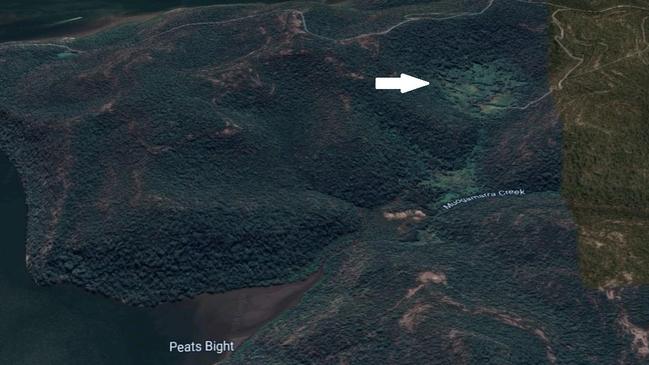
Peats crater is a geological feature known as a diatreme — the root zone of a short-lived volcano known as a maar.
It formed around the Jurassic period when magma rose though a crack in the overlaying sandstone until a cataclysmic meeting with groundwater.
Pressure from the resulting superheated water built until finally the overlaying crust was blown away in a spectacular violent explosion of magma, rock fragments and pyroclastic material that left the enormous crater.
Of course, that was long ago and Australia was still attached to Antarctica at the time, but it is believed the tectonic forces that were slowly wrenching the continent away from Gondwana also drove the formation of diatremes like Peats Crater across the Sydney Basin.
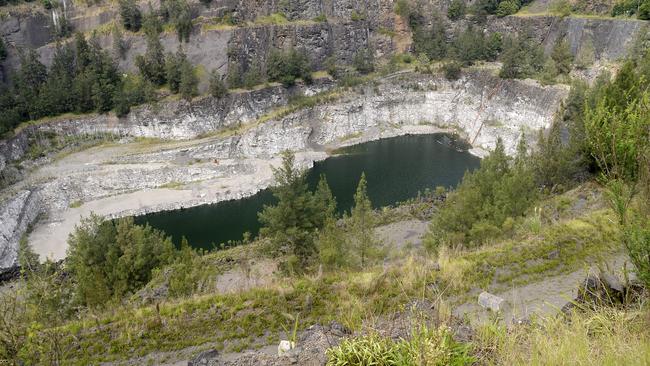
The remains of at least 90 similar diatremes are known in the region.
One at Hornsby is the biggest and best known of these and was quarried for years for construction aggregate.
This quarry is currently being filled with the excavated material from the Northconnex project and will ultimately become a public open space.
Another well-exposed diatreme is the Bondi diatreme just north of the famous Bondi Beach. There is one at Browns Field at Wahroonga, another at Mt Tomah, and at Prospect Quarry to name a few.
There is a couple more in Popran National Park and in Brisbane Water National Parks on The Central Coast.
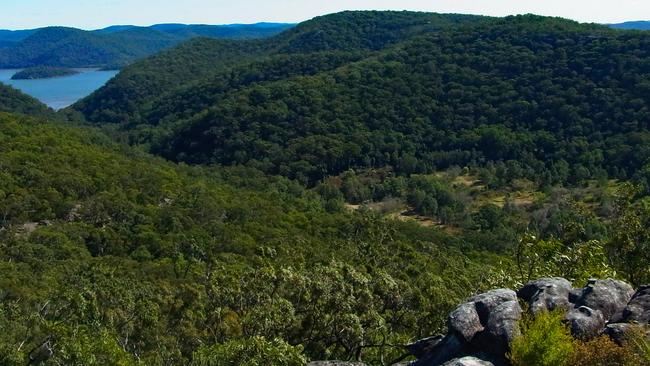
But fast forward millions of years into the future, to the annual six-week opening of Muogamarra Nature Reserve.
It is the only time of the year the public can take this stroll into the very distant past.
And while they are strolling they can also take in a number of other interesting things about this volcanic crater hidden between the Hawkesbury River and the busy M1 motorway.
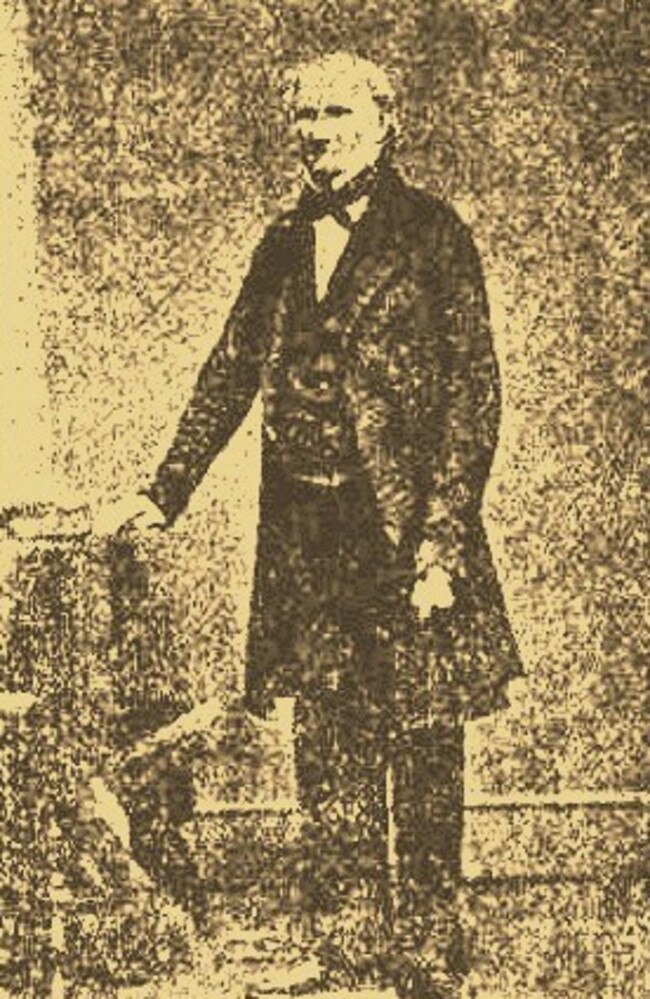
FOR PEATS SAKE
In 1836 Hawkesbury River pioneer George Peat was granted 50 acres of land at Peats Bight, a small inlet where Berowra Creek joins the Hawkesbury River.
It is just downstream from Peats Crater.
Peat built some huts and a wharf and began farming including a dairy farm which he established on the fertile volcanic soils on the floor of Peats Crater, with the milk taken away by boat from the wharf at Peats Bight.
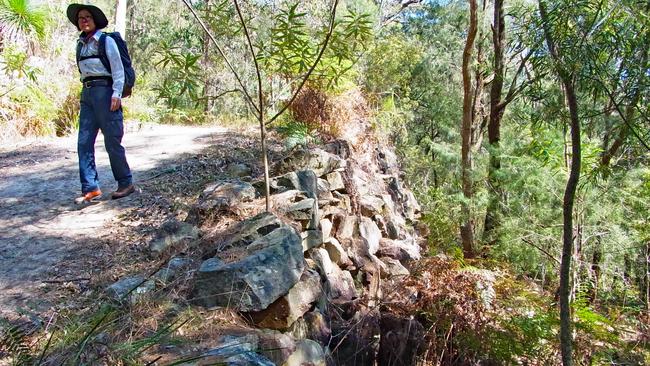
Around 1840 Peat used convict labour to build the winding road which is today followed by Muogamarra bushwalkers.
You can still see the rock walls constructed to support the road which even in its hey day must have been a rough ride.
Back then it was known as St Johns Road, but today it is Peats Crater Trail.
During WWII there was an army camp in the crater, and military types took the precaution of setting explosives in a culvert under the road apparently intending to blow it up to “slow” the Japanese if they turned up.
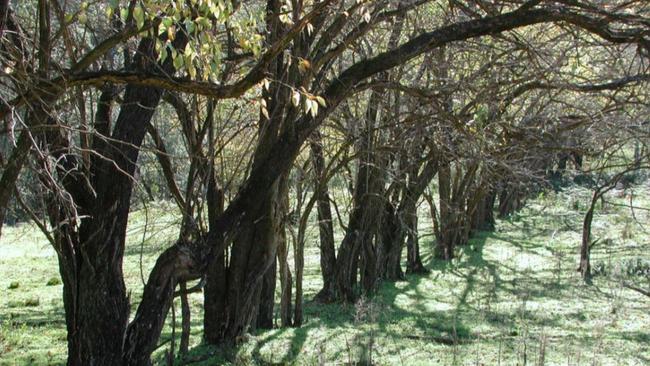
BEFORE BARBED WIRE
Across the middle of the crater is a row of exotic trees which you would probably ignore except that they are thought to be a rare survivor of early farm fencing methods — a living forerunner to barbed wire.
Fencing in colonial Australia before the 1850s was relatively uncommon because sheep were shepherded, and cattle allowed to roam freely.
The species is Osage orange of North American origin and is one of the very few surviving examples of a form of fencing technology that was tried briefly in colonial Australia but could not compete with iron and steel wire.
It is also the longest and probably in best condition of the surviving Osage orange hedges
in New South Wales.
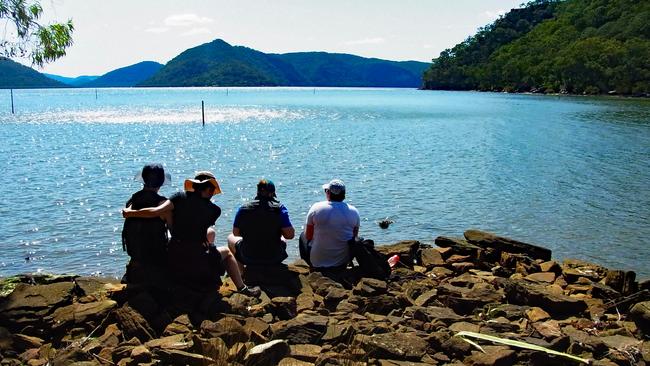
CRICKET FIELD
The relatively flat crater floor also proved to be the perfect cricket ground for then isolated river communities and a match took place between the South Colah and Peats Ferry Cricket Clubs On Australia Day 1878 (then known as Anniversary Day).
According to a newspaper reports of the time, 150 people, including a lot of women, trekked to Peats Crater for the match.
The match ended in a draw but not before one of the Peats Ferry players got hit in the nose while trying to catch a ball smacked into the outfield.
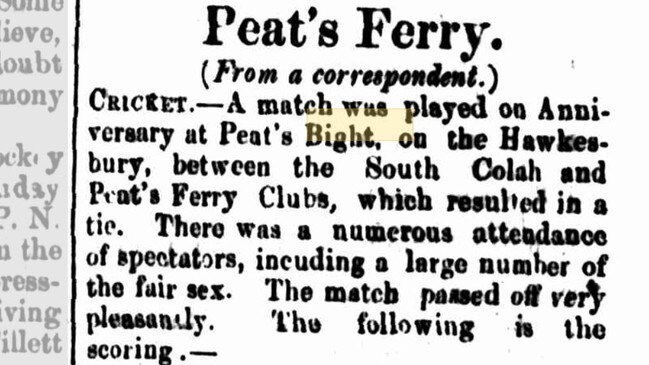
At nearby Peats Bight, Joseph Izzard and his family built a boarding house in the
1880s and presumably would have provided accommodation for cricket matches like this one. The sandstone footings and retaining walls of this old guesthouse can be seen as you walk from the crater to the river by the side of Muogamarra Creek.
DETAILS
Muogamarra Nature Reserve is open to the public from 9am to 4.30pm for 6 weekends around August and September each year. The reserve is closed to the public at other times to protect sensitive natural and cultural heritage values.
Put it in your calendar for next year.
FULL STORY: The secrets of Wondabyne’s strangely remote sandstone quarry
